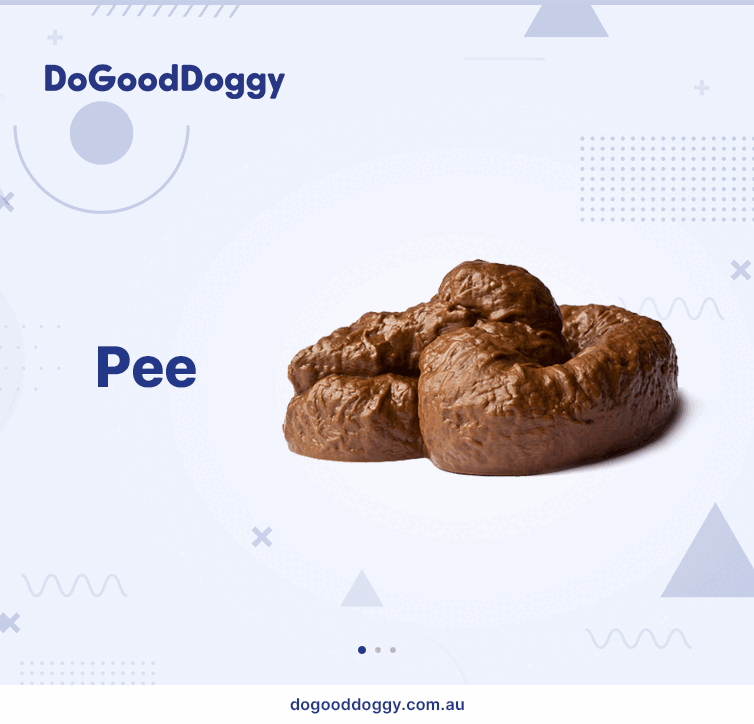Dogs and AI Technology
Artificial Intelligence (AI) has transformed various aspects of our lives, from automating mundane tasks to making breakthroughs in medicine. Another area that’s benefiting from the rapid advancements in AI technology is pet care, specifically canine care. AI is revolutionising the way we interact, train, and care for our dogs, so let’s examine current applications of AI in dog care, and take a look at potential future advancements in this field.
Understanding AI and Its Role in Dog Care
Artificial intelligence, in simple terms, is a branch of computer science that aims to imbue machines with capabilities that mimic or simulate human intelligence. This technology uses algorithms and computational models to perform tasks that would typically require human cognition, such as learning, problem-solving, perception, and decision-makin
In the context of canine care, AI is being utilised to enhance communication between dogs and humans, improve training methods, aid in health diagnostics, and enhance the overall pet care experience. AI’s transformative potential is poised to usher in a new era of dog care that’s characterised by unprecedented levels of convenience, efficacy, and understanding.
While breeders can’t yet tell Siri or Alexa to “sell my dog online” and leave the rest up to technology, this rapidly-growing trend is already starting to make waves in the lives of everyday dog owners.
Current Applications of AI in Dog Care
Health Diagnostics and Monitoring
AI is also revolutionising dog healthcare, offering tools that help detect health issues early, monitor chronic conditions, and provide personalised care. There are AI-powered wearable devices that monitor a dog’s heart rate, respiratory rate, temperature, activity levels, and more. This data can be used to provide real-time health insights and alert owners and veterinarians to potential health concerns before they become serious.
AI can also be used in diagnostic imaging in veterinary medicine. AI algorithms have been tested in assisting in interpreting x-rays, radiographs, CT scans, or MRI images, enabling doctors or veterinarians to make more accurate diagnoses and treatment plans.
Interactive Toys and Companions
Innovation in AI has led to the development of interactive toys and companions for dogs, which can be particularly useful for owners who need to leave their pets at home alone. These AI-powered gadgets can keep dogs entertained, help them manage separation anxiety, and even reward them for good behaviour.
While AI cannot completely replace your pet – despite being able to build your own AI-powered DIY robot dog – it can help enrich your dog’s life.
Potential Future Advancements in AI Dog Care
As AI technology continues to evolve, its applications in dog care are set to expand further. Here are a few potential future advancements:
Advanced Communication Tools
Future AI tools may make communication with dogs even more sophisticated. Imagine an AI tool that translates your dog’s barks, whines, or body language into clear, understandable language, making it easier than ever to understand your pet’s needs and moods.
Personalized Diet and Exercise Plans
As AI technology advances, it may be able to provide even more personalised care for dogs. For example, AI could analyse a dog’s breed, age, weight, health conditions, and lifestyle to create a custom diet and exercise plan. This could help prevent obesity and related health conditions, providing dogs with a healthier, happier life.
Advanced Health Care
In the future, AI could become an invaluable tool in veterinary medicine. For instance, AI algorithms could predict potential genetic diseases based on dog breed and familial health history. Moreover, AI may be able to detect subtle changes in a dog’s behaviour or vital signs that could indicate a developing health issue, allowing for even earlier intervention and treatment.
Furthermore, AI-driven prosthetics and mobility aids could drastically improve the quality of life for dogs with mobility issues. For instance, AI could help develop smart prosthetics that adapt to a dog’s movement patterns and changes in terrain, enabling them to move more naturally and comfortably.
Rescue and Rehabilitation
AI technology could significantly aid in rescuing stray dogs and rehabilitating rescued dogs. Using facial recognition technology, AI could help identify lost or stolen dogs and reunite them with their owners. Furthermore, AI could be used to develop more effective rehabilitation programs for rescued dogs, helping them overcome traumatic experiences and prepare for adoption.
Conclusion
The intersection of AI technology and dog care has proven to be a remarkable development, offering a range of tools and applications that improve the lives of dogs and their owners. As AI continues to evolve, the potential for further advancements in dog care is immense.
From offering personalised training programs and health care plans to enabling more sophisticated forms of communication with our furry friends, AI is set to redefine our relationship with dogs. As we move towards this exciting future, it’s crucial to ensure these technologies are developed and used responsibly, with the welfare of our dogs at the forefront of all advancements.






